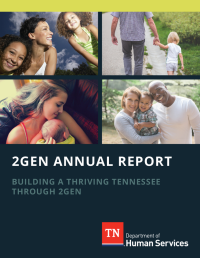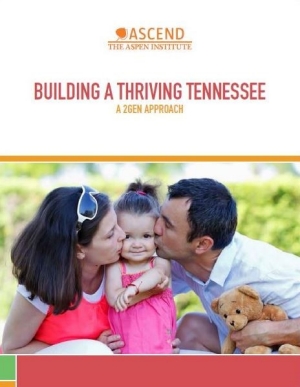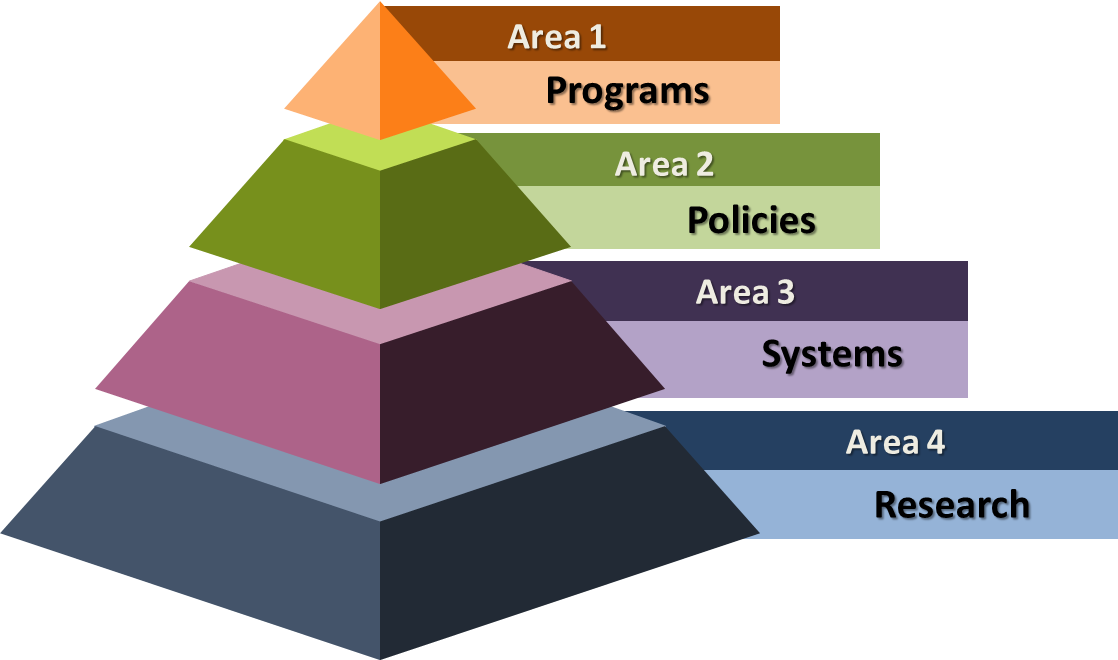About 2Gen in Tennessee
Our first 2Gen Annual Report provides background on the two-generation approach, history on how the Department has implemented it, and a summary of the impact our 2Gen partners are making. Most importantly, the 2Gen Annual Report includes the stories of families who are growing and thriving as a result of 2Gen strategies and programming. Click here, or the image at left to view the report.
A Brief History of 2Gen in Tennessee
DHS' initial efforts to implement a 2Gen Approach began, with:
Partnering with Families First (TANF) parents to register more than 700 high school seniors in the Tennessee Promise, a scholarship that provides two years of tuition-free attendance at a community or technical college in Tennessee.
Enrolling more than 1,600 children receiving DHS-administered child care assistance in the Governor's Books from Birth Foundation's Imagination Library.
Staff investments through trainings that promote a 2Gen approach; Brain Science and Poverty, Transition to Success, Motivational Interviewing, Adverse Childhood Experiences (ACEs), and Toxic Stress.
August 30, 2016 was proclaimed "2G for Tennessee Day"
DHS quickly realized that public-private partnerships were needed in order to have a collective impact and that no individual entity can do multigenerational work in isolation. We also realized that this new service delivery approach should be expanded to other programs administered by DHS such as Child Care and Child Support.
Since then, more than 27 2Gen programs have been established in addition to the continuous implementation of 2Gen tactics within DHS programs and services.
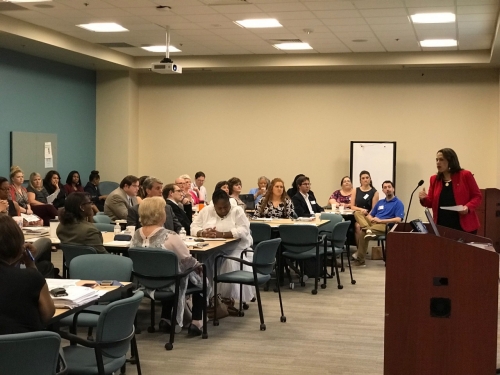
Present and Future of 2Gen
2Gen has now been fully implemented at DHS; however, the work continues both internally and through our partnerships. Key goals include:
- Demonstrate the impact of the current 2Gen services to determine if families are better as a result of these services.
- Cross-agency collaborations that promote 2Gen partnerships and systems change at the state level.
- Agency-wide staff training that promotes a 2Gen approach and help human services staff at all levels of the department serve families more effectively and efficiently.
- 2Gen Collaborative Partnerships Meetings to continue to strengthen the foundational framework and our commitment to develop and sustain meaningful partnerships with our community organizations. These quarterly meetings will also allow partners to increase communication across all partner organizations; share lessons learned and best practices; troubleshoot specific challenges to service barriers; ensure there is a focus on both parents and children; provide cross-referrals; and identify common measures to demonstrate customer impact.
- Establishing a 2Gen partner application enrollment period that public, private, and non-profit entities are eligible to apply for grant opportunities.
Current 2 Gen Focus:
- Implementation;
- Developing universal outcomes; and
- Determining best practices that could potentially be expanded or duplicated across the state.
On Friday, June 1, 2018 DHS partnered with Ascend at the Aspen Institute to launch a best practice case study chronicling Tennessee’s success implementing the two-generation approach. The case study launch event was commemorated with a proclamation designating June 1 as “Building A Thriving Tennessee Through 2Gen Day” in Tennessee.
The case study, “Building A Thriving Tennessee: A 2Gen Approach,” can be viewed at https://ascend.aspeninstitute.org/resources/building-a-thriving-tennessee-a-2gen-approach/, or by clicking the image at left. This report contains key elements of Tennessee’s transformational 2Gen journey to date, including much of the work DHS staff and partners have done to positively impact families. Within the case study, readers gain insights around meaningful staff engagement, leveraging social innovation and partnerships to increase impact and improve outcomes, creating statewide synergy to advance the 2Gen agenda, along with lessons learned and planning a way forward.
2 Generation Strategy
The Overarching Strategy for Creating Cycles of Success for Tennessee Families
In 2015, the Tennessee Department of Human Services began developing a new service delivery model consistent with the 2 Generation Approach that we have adopted as an organization. Our goal was to develop a foundational framework for the Department, where all programs are aligned and in synch – ensuring 2 generation tactics are applied when working with all customers in all aspects of case management and service delivery.
2 Generation Components
A 2 Generation Approach (2Gen) refers to a “Whole-Family” approach focused equally and intentionally on services and opportunities for the parent and the child. This is realized through 4 key components:
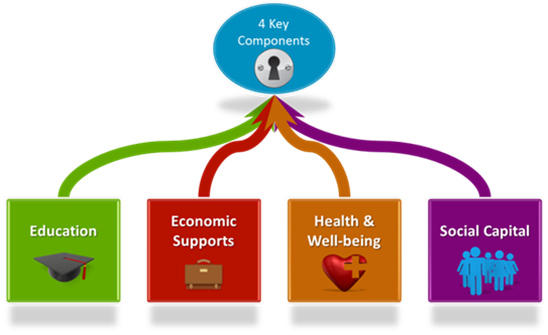
Click on the component areas below to learn more about each component and how DHS began to implement them within the work we do.
Through these 4 components, organizations can affect the overall well-being of a family, by being intensely involved in the lives of both the parent and the child.
Education, from early childhood through postsecondary, is a core component of two-generation approaches. There is a strong correlation between low levels of educational attainment and poverty. Only 10 percent of those with a bachelor’s degree are poor. Yet more than 30 percent of those with a high school diploma or less are poor. The poverty rate does not decrease until people have at least some education beyond high school. In addition, there is a strong link between maternal education and outcomes for children, particularly school readiness for kindergartners. There is also some evidence that parent engagement can further enhance positive outcomes.
Postsecondary education is increasingly important to obtain a job that offers family-supporting wages, but students who are also parents face significant challenges to college completion. Nearly a quarter of all college students today are parents, and 13 percent of all college students are single parents. Programs that provide education and skills training to adults often view children as a barrier to participation; a better model would engage whole families.
Meanwhile, programs focused on children often see parents merely as facilitators of their children’s education and don’t offer opportunities for parents to increase their own education attainment and marketable job skills.
Enhancing Educational 2 Gen Initiatives with Drive to 55
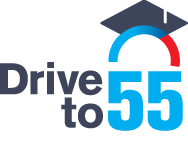
The State of Tennessee has embarked upon a critical mission known as the Drive to 55 – the Drive to get 55 percent of Tennesseans equipped with a college degree or certificate by the year 2025. It’s not just a mission for higher education, but a mission for Tennessee’s future workforce and economic development. The Drive to 55 creates more opportunities for more Tennesseans to improve their quality of life.
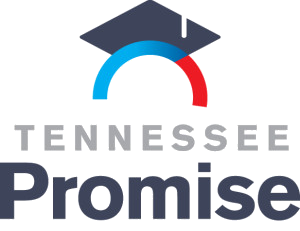
Tennessee Promise is a component of the Drive to 55 with both a scholarship and mentoring program focused on increasing the number of students that attend college in our state. It provides students a last-dollar scholarship, meaning the scholarship will cover tuition and fees not covered by the Pell grant, the HOPE scholarship, or state student assistance funds. Students may use the scholarship at any of the state’s 13 community colleges, 27 colleges of applied technology, or other eligible institution offering an associate’s degree program.
While removing the financial burden is key, a critical component of Tennessee Promise is the individual guidance each participant will receive from a mentor who will assist the student as he or she navigates the college admissions process. This is accomplished primarily via mandatory meetings that students must attend in order to remain eligible for the program. In addition, Tennessee Promise participants must complete eight hours of community service per term enrolled, as well as maintain satisfactory academic progress (2.0 GPA) at their institution.
In 2015, the Department partnered with parents who participant in the state's TANF program, which know as the Families First Program, and successfully registered more than 700 Tennessee youth for the Tennessee Promise.
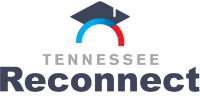
Tennessee Reconnect is also a Drive to 55 component that helps more adults complete a postsecondary degree or credential. Tennessee has between 900,000 and 1 million adults with some college but no degree. It is impossible to achieve the mission of the Drive to 55 without re-engaging these students and helping them finish their degree or certificate. As part of Tennessee Reconnect, all Tennessee adults can now attend and earn a diploma or certificate at any of the 27 Tennessee Colleges of Applied Technology (TCATs) completely free of tuition and fees.
The Imagination Library
As a part of Early Childhood Education, in an effort to assist the Children's Cabinet reach a goal of 75% of 3rd grade students being reading proficient by 2025, the Department is committed to enrolling 100% of Child Care Certificate participants in the Imagination Library (Books from Birth program) to encourage at home reading on a consistent basis.

Summer Foods
The Department is also committed to increasing meals served to youth during the summer. Studies show that when children receive adequate nutrition in the summer months, they return to school in the fall healthy and ready to learn.

Economic supports can be made available with public resources, as well as nonprofit and private resources. These supports provide an important foundation for parents as they pursue skill-building and education that lead to better jobs, longer-term financial stability, and ultimately a self sufficient life. Economic supports include, but are not limited to, housing, transportation, child care subsidies, and food assistance.
Workforce Development and Employment
The Tennessee Department of Human Services is a strategic player in the state’s Workforce Development and Employment efforts. The Department is charged with partnering with more than 500,000 Tennesseans in the development and execution of their career plans. This is accomplished through the following DHS Program Areas: Families First, the state’s Temporary Assistance for Needy Families (TANF) Program, and the Supplemental Nutrition Assistance Program (SNAP). The Vocational Rehabilitation (VR) Program provides Workforce Development and Employment Services for Tennesseans with disabilities.
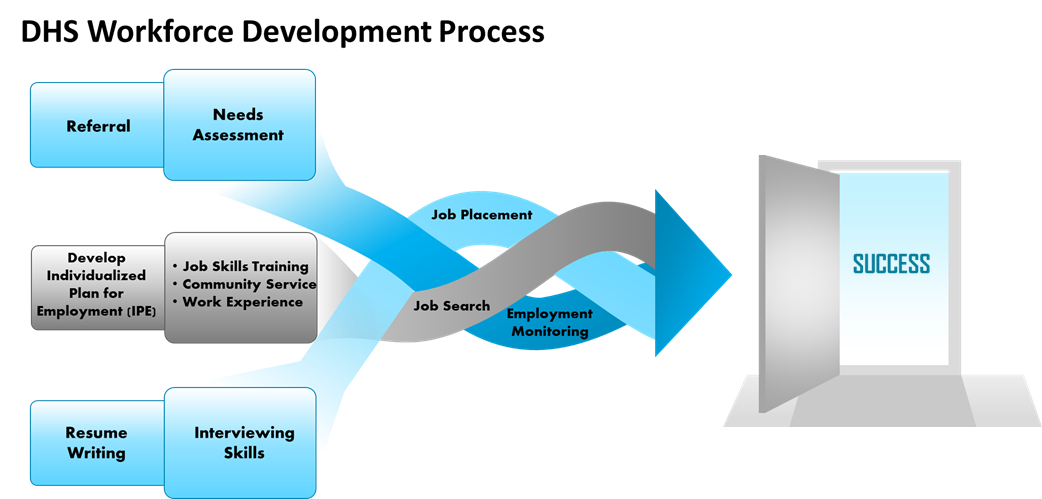
The Department of Human Services partners with the Department of Labor and Workforce Development and the Department of Economic and Community Development at different points throughout the process.
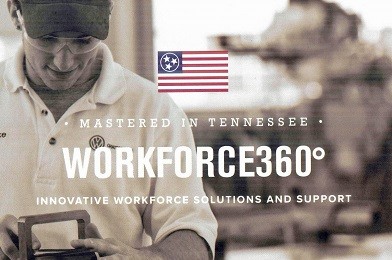
The Department of Human Services also joined the Governor’s Workforce Subcabinet in 2014 and is now at the table with other Workforce Subcabinet members to meet with new or existing employers in order to assist in meeting their workforce needs.
Physical health and mental health, a component of the two-generation approach, have a major impact on a family’s ability to thrive. Childhood trauma, for instance, has lasting health and social consequences. Similarly, economic supports, such as housing, and social capital, such as connections to one’s neighborhood and community, are important social determinants of health.
Improving Health and Well Being through Brain Science Informed Practices
Physical health and mental health have a major impact on a family’s ability to thrive. Promising practices are emerging out of brain science based on the discovery of the relationship between poverty and the executive function development of the brain. High stress levels create an inhibiting amount of the stress hormone cortisol, which hinders brain development and function, specifically the executive function (EF) area. The EF is responsible for the skill sets that rely on memory, mental flexibility, and self-control. These brain functions support the human ability to make plans, keep track of time, retrieve past information, make correlations, change the mind while actively engaged in activities such as speaking or reading, self-control, asking for help, constructing questions, organizing, evaluating, reflecting, and multitasking; all of which are needed to maintain personal relationships, care for children, manage money, obtain an education, create plan B, make goals, find and hold a job, and sustain a successful career. The brain’s EF develops in highly stimulating environments with low stress levels. Every individual is born with the capacity to develop the EF of their brain, and yet science has confirmed that poverty has a direct impact on the brain’s EF development.
Adverse Childhood Experiences (ACEs)
Adverse childhood experiences are traumatic events that can have detrimental, long-lasting effects on the health and well-being of an individual. These experiences range from physical, emotional, or sexual abuse to parental separation or divorce. The ACEs assessment is a valuable tool that measures the severity of childhood adversity that an individual has experienced and can be utilized by organizations to help families and individuals recover from the resulting effects.
The Importance of Social Capital
Social capital is also a key success factor of the 2Gen approach. Social capital is exhibited as peer support; contact with family, friends, and neighbors; participation in community and faith-based organizations; school and workplace contacts; leadership and empowerment programs; use of case managers or career coaches; social networks, such as cohort models and learning communities; and mental health services. Such support can be a powerful component in programs that help move families beyond poverty. Social capital builds on the strength and resilience of families, reinforcing the aspirations parents have for their children and for themselves.
4 Areas of Application
2Gen can be applied through the following 4 areas:
Programs: Two-generation programs provide opportunities for and meet the needs of parents and their children together. Spanning the public, private, and nonprofit sectors, two-generation programs exist along the continuum and range from established to emerging organizations.
Policies: Federal and state policymakers can pursue ten effective policies immediately to help parents and children break out of the cycle of poverty. Top Ten for 2-Gen outlines six principles and ten specific policies to guide the design and use of two-generation approaches. These policy recommendations that support two-generations together span early education, post-secondary education, economic assets and health and well-being. They are informed by a growing field of innovative practitioners and policymakers. The policies work within the existing legislative and funding landscape rather than seeking new funding or legislation.
Systems: Two-generation approaches can be applied to systems — formal (e.g., a municipal public housing authority, a statewide community college system) or informal (e.g., the patchwork of early childhood education funding streams that exists in many states). These systems may be loosely configured or more integrated depending upon the state or community.
Research: A strong body of academic research is needed to build an evidence base that shows what works best for whom and to undergird effective policies, programs, and system change.
It is within these 4 areas that an organization can evoke change. Programs should be intentional in their dealings along the family continuum, working alongside public, private, and nonprofit sector organizations. Policies need to be evaluated and changed if necessary to allow for this approach to take place organically through services being provided.
Posted July 9, 2019
